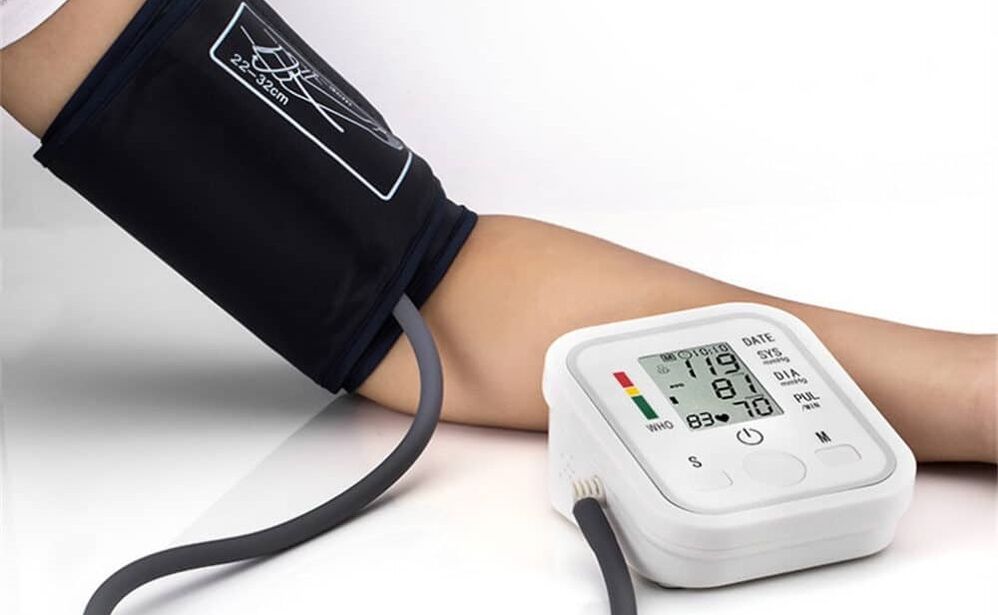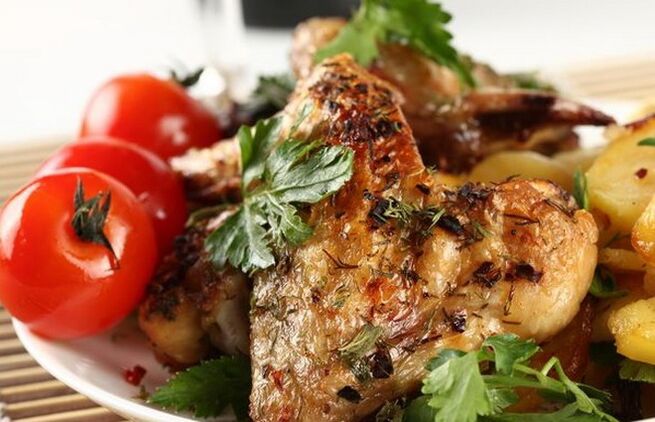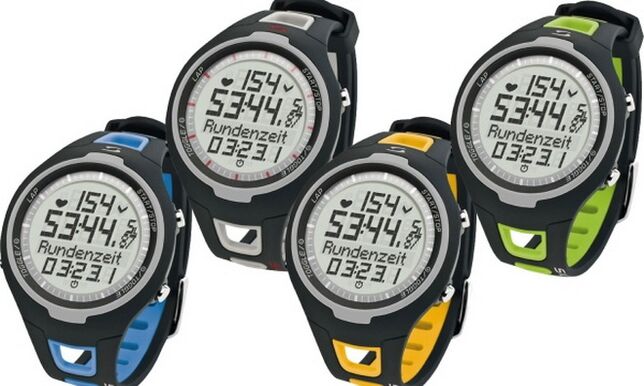The third population in the world has signs of hypertension. The stress of high blood pressure can lead to stenosis and blood vessel damage, and sometimes lead to hemorrhagic heart attacks. Therefore, it is very important for even healthy people to know what stress is, what affects the effect, what indicators can be regarded as norms, and the numbers of the inclinometer should be used as signals to start treatment.
The nature of concept
Blood pressure is due to its strength in its influence on the main vessel and peripheral blood vessels. The pressure indicator directly depends on several factors:
- Vascular elasticity;
- Heart contraction;
- A period of time when blood was drawn with the heart.
The value of blood pressure (blood pressure) is accustomed to writing in a relationship:
- upper number, large - systolic pressure (cardiac contraction);
- Lower number, smaller - diastolic blood pressure (between the heart contractions).
Blood pressure changes - as body position changes, body exercise, stress over-treatment, rest or after eating. If a person does not experience health problems, the stress will be stable for a short period of time. Using hypertension, its increased indicator will be preserved for a considerable period of time. In patients with hypertension, a sharp fluctuation in blood pressure was observed. It is normal after sleep, and may rise after eating, and then fall. Pressure indicators at night are usually longer than in the morning, and they sometimes drop sharply at night.

Analyze blood pressure indicators and usually attach more values. The increase in systolic blood pressure is that the main risk factors for the development of cardiovascular pathology in patients have a history of more than 50 years. In the vast majority of people, over the years, the main arteries have lost elasticity and exposed the atherosclerotic plaque.
Standardization and pathology
Blood pressure is a separate indicator, depending on age, surrounding conditions, accompanying pathology, and even starting from the time of day. But there are average medical indicators. After finding the patient's stress, the doctor determines that hypertension is routine or variant.
Blood pressure in patients over 18 years old
| pressure | Indicator, mmHg. Art. | Indicator, mmHg. Art. |
|---|---|---|
| Systolic period | Diastolic period | |
| The best | Less than 120 | Less than 80 |
| Ordinary | Up to 130 | Up to 85 |
| Usually high | Up to 140 | Up to 90 |
| 1 degree hypertension | Up to 160 | Up to 100 |
| 2 degree hypertension | Up to 180 | Up to 110 |
| 3 degrees of hypertension | More than 180 | More than 110 |
| Isolated systolic hypertension | More than 180 | Less than 110 |
Systematic pressure control will help avoid serious consequences of hypertension, as pathological changes in the indicators will be seen in time.
Reasons for deviation from the norm
Blood pressure will never be for no reason. Its fluctuations may be caused by diseases of cardiovascular, digestive, urogenital system, traumatic brain injury. However, factors that do not always cause changes are due to pathology. The growth of blood pressure indicators is usually due to:
- Allergic reactions;
- A stressful situation;
- Hormone failure;
- Smoking;
- Abuse of alcohol;
- Weather dependence;
- Take some drugs;
- Overworked;
- dehydration;
- Eat fatty foods;
- Excessive consumption of salt;
- Low blood pressure or the opposite body strain.

The reasons for increased stress may be due to age-related physical changes and hereditary tendencies.
Clinical manifestations
Blood pressure rises very significantly. Visual symptoms of pathological changes are more likely to serve:
- Acute headaches (usually in the temple and behind the head), usually accompanied by a vomiting reflex;
- Redness in the skin (containers sometimes appear);
- obvious weakness, noise in the ears, flies in front of you;
- Redness of eye proteins (sometimes vision violation);
- Difficulty in breathing;
- Pain behind the sternum;
- Chills;
- Insomnia;
- Heartbeat;
- Increase sweating.
In the presence of these symptoms, consult a doctor. Early hypertension is dangerous and asymptomatic. A person sometimes doesn't even think about the fact that he will increase stress.
As dietary stress increases, it is necessary to include products that can effectively break down fat and prevent thrombosis.
Diagnostic changes
After 20 years, it is recommended to measure the pressure during the inspection. If it is above the norm, the doctor will prescribe other tests. A time-high indicator does not always indicate the presence of hypertension. If an increase in the metric is observed, the disease can be diagnosed and retained after following the doctor’s instructions to adjust the lifestyle after three months.
Self-diagnosis on pulse
Without medical equipment, pressure indicators cannot be accurately determined, but pulse can be assumed to be negative changes. By applying the ring and index finger to the carbon artery, the number of bends of the heart should be calculated in 30 seconds and the result plot is multiplied by two (beats per minute). A pulse equal to 60-80 is considered normal. As the pressure increases, the pulse will be free of difficulty. If you have a heart rate monitor, you can use it.

Using a transmission gauge
To accurately measure blood pressure, various static meters are used. The structure of the device is characterized by its principle of action. Mercury tube instruments are replaced by pneumatic and electronic equipment. The latter can be easily used by anyone without even medical education. They are characterized by compactness, accuracy and ease of use.
Generally, such groove single instruments show not only systolic and diastolic blood pressure indicators, but also pulse frequency. Meanwhile, the previous measurements were "remembered", through which experts monitored the dynamics of changes in blood pressure indicators for each specific patient.
Arimistion Rights
Blood pressure must be measured to maximize attention. This applies to both the experts and the patients themselves who independently monitor stress levels. There are certain rules:
- The day before the measurement, you need to give up on supplemental drinks and smoking.
- You should not use eye and nose drops on the day of measurement;
- The pressure of eating for half an hour;
- Before applying the cuff cuff, the patient should be in a convenient position by placing his relaxed hands on a flat hard surface;
- The cuffs must be placed in the middle of the shoulders. Deepening from the elbow below its edge should be 2. 5 cm. The trachea should be located on the midline of the shoulder;
- Between the cuffs, at the same level as the heart, the shoulders should be left in the gaps in the fingers;
- During transmission operation, absolute calm should be maintained.
First, experts recommend measuring the pressure on both hands and then only on one hand that "issues" the highest indicator. If the measurement is taken outside the walls of a medical institution, the patient is advised to perform an "accounting" notebook and enter the day, time and measurement. The frequency determined by the doctor is measured.
Possible consequences
Hypertension High blood pressure is full of hypertension crisis - the indicator suddenly jumps to key. Such a state stimulates a sharp dilation of the blood vessels that may be ruptured. Among a series of consequences, distinguish between hypertension:
- Eye problems (reduced vision, bleeding);
- renal failure;
- Heart ischemia;
- Heart failure;
- Angina pectoris;
- Stroke;
- infarction;
- Positive
- light and brain swelling;
- die.
At the risk of exfoliating aortic aneurysm, it is recommended to knock down the pressure as soon as possible. For brain diseases, this should be done without rushing, otherwise they will be aggravated.
Hypertension can often lead to disability and even death of patients.
Family reaction
Due to the hypertension crisis (upper pressure of 200 mm HG), you need to call the ambulance team urgently and start taking steps to eliminate symptoms before you arrive. As the stress increases moderately, you can act independently.
Warning measures
If there is a sign of increased pressure, it is necessary to measure its indicators. Headache, nausea, weaknesses may be for other reasons. If the pressure does increase, it is as follows:
- Ensure peace, dimness and silence (including in the workplace);
- Provides a passage for fresh air;
- Lying down, lifting your head (at work, if you can't sit comfortably);
- Perform respiratory exercises (diaphragmatic breathing is concentrated in exhalation);
- Massage the collar area and head (hopefully relatives or friends do this);
- Drink diuretic soup (parsley, forestberry, green or kidney tea, rose).
Such measures slowly reduce stress and are more likely to prevent complications from developing. If they don't help, you need to contact a cardiologist.
Quick effect
Patients with active lifestyles often face the problem of rapid decrease in stress. Medications can do this, but they should be used carefully - to avoid overdose, reduce stress and other complications too quickly. The attending physician must prescribe medicine. Reducing stress quickly and safely will help:
- Peace;
- Cooling head compression;
- A bathtub with body warm (not hot! ). You can use a container with water or heating pad, mustard;
- Salt phytochai (Valerian, Motherwort, Momomile, Mint, Lemon Balm).
In the absence of expected effects, the measures listed supplement the drug.
Homemade first auxiliary toolkit
Since the pressure of household medicine cabinets is regularly problematic, it should always be a special drug.
The use of a "constant" drug can compensate for the drug by using a "constant" drug, but its effect is not obvious after one or two hours after taking it. Accept medicines, the following are:
- Use only the funds prescribed by the doctor;
- Do not mix drugs;
- Dissolve "urgent care" tablets instead of swallowing;
- Take the medication (after taking it, keep it horizontal for another 30 minutes). You should get up slowly if necessary.
When receiving medicines, it is necessary to pay attention to contraindications and side effects.
Inevitable limitations
As the pressure increases to avoid negative consequences, certain restrictions are necessary:
- Avoid increasing physical exercise within 24 hours after stabilizing stress;
- Avoid psychological and emotional overload and inevitably stress, please take sedatives;
- Refuse alcohol, caffeinated beverages and smoking.
Fat and salty foods (including smoked meat, canned foods) should be excluded from the diet. After normalizing the pressure for a few days, the amount of fluid consumed should be limited.
Treatment of hypertension depends on the type of stress increase and the stage of the pathological process. Combination and monotherapy can be used. After a thorough diagnosis and prescription medication, the cardiologist will recommend maintaining stress in normal circumstances and in the measures required when the surge increases.



























